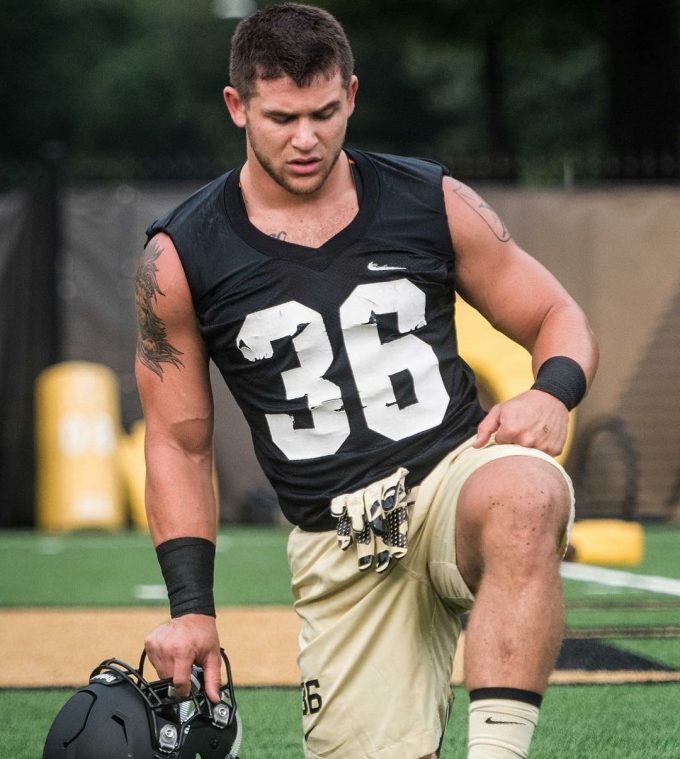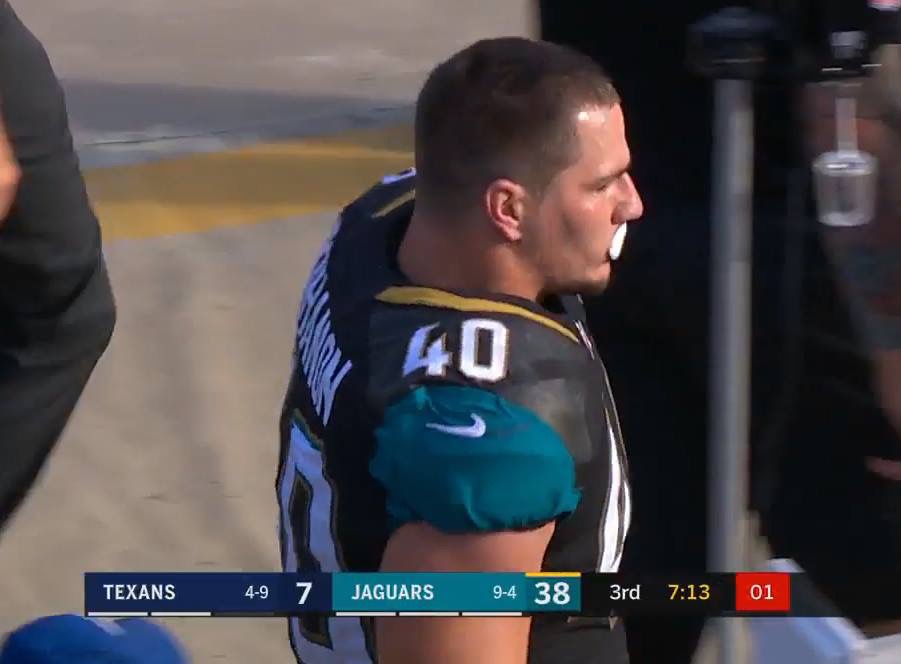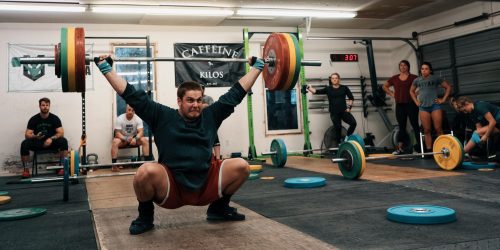================================================
Check out one of our 14 Books on topics like programming, conjugate method, injury prevention, nutrition, mindset, and competition prep at:
==> https://www.mashelite.com/ebooks/
or Check out one of our Online Teams and Nutrition Programs at:
⇨ Mash Coaching
================================================
2018 Coaching Changes for Sport Athletes
2017 has been a heck of a year. I have written eight books this year, and sixteen total. That means that I have performed a lot of research. I have interviewed a lot of coaches regarding those books. I have also has a lot of conversations with my colleagues over this past year regarding the way that I coach athletes, and the way that they coach athletes. I believe that we learned a lot from each other.
Yesterday I listened to an amazing speech from Coach Joe Kenn. That was pretty much the climax of the year, and it was icing on the cake for the changes that I am going to make. I am talking about the way that we are going to coach our sport athletes. I am talking about our football players, basketball players, softball players, swimmers, soccer players, etc. I am not talking about our weightlifters or powerlifters in this article.

Do Simple Perfectly– First we are going to do exactly what Coach Kenn said yesterday at our Soft Grand Opening. We are going to do simple perfectly. We are going to squat perfectly. We are going to Clean perfectly. We are going to run, jump, and land perfectly. If we can’t do this, none of the fancy stuff really matters. I mean who cares how cool your plyometric program is if you can’t do a proper body weight squat. If you can’t do a proper body weight squat, do you really think that an advanced sprint program is going to help? Probably not!
Velocity Based Training– Now when the basics are perfect, we will get as advanced as the athlete needs, but I will never put anything in front of the basics. Once the basics are perfected, I will use velocity based training to:
1. Ensure all qualities of strength are being trained.
2. To ensure that speed strength and strength speed are the focus.
3. To quantify and measure progress
4. To ensure safety
5. To teach intent

This article isn’t about Velocity Based Training, but it’s definitely a component of the way that I am going to train our athletes. There are a lot of qualities of strength, and it’s important that all qualities are trained. We will focus on all of them:
• Absolute strength
• Accelerative strength
• Strength speed
• Speed strength
• Starting strength
All five are important, and all five will aid athletes on the field and court. Some people believe that they can eyeball the bar speed, but I am into quantifying as much as possible. It’s important to get strong, and even more important to get fast. However it’s hard to have one without the other. You can read more about each of them in our latest e-book “Bar Speed”.
Most athletes will speed the majority of their time in the speed strength and strength speed zones because those zones are the ones that produce the most speed and power. Studies have also shown that strength speed velocities and higher are better for maximal speed on the field. There is a lot less involvement with antagonist muscles, which is exactly what you want when sprinting or jumping.
Don’t get me wrong. Absolute strength is still very important especially in the first two years of training. Absolute strength will improve all zones of strength, but after that, you will need the majority of your focus on the faster velocities.
Without velocity based training, the only way to track progress in the weight room is maxing out or repetition maximums. Either one comes with risk that I would prefer to avoid. So how do we avoid risk and still measure improvement? That’s easy, we use velocity as a measurement. For example, we can still go to a one-repetition maximum, but the only difference is that we set a minimum on the velocity. We could have an athlete max out in the squat with a .5 m/s minimum velocity. Most people start reaching failure when they dip below .3 m/s, so you will still be far away from failure. People normally get hurt when they approach failure. With velocity, you can avoid this all together.
I want my athletes to learn what speed really is. When people first start training, they have no idea what a coach means by “faster”. It’s much easier to learn when they can see what you are talking about. When they register a .8 m/s and see it on the monitor, they will understand what .8 m/s feels like. It’s a great tool, and it will speed progress exponentially.
More Use of the Olympic Lifts– Obviously I have always used forms of the Olympic lifts, but after talking to my friend Coach Spencer Arnold, I am finally compelled to use the lifts even more. I have always used several versions of the clean, but now I am going to use the Snatch. Why? Glad you asked.
I love the snatch for multiple reasons. When it comes to movement, nothing improves or teaches movement better than the snatch. First you will have a beautiful triple joint extension, which as we know will improve just about all things athletically like jumping and throwing. Then the athlete quickly moves around the bar like a gymnast, while finally catching the bar in a beautiful full squat with the bar received perfectly above the body. Nothing improves posture more than a snatch. You can do all the mobility tricks that you want, and yet nothing will improve your posture more than this beautiful lift. Finally nothing comes with a top velocity that beats the snatch in the weight room. The snatch involves velocities above 1.5 m/s. If you want to improve your rate of force development, the snatch is the perfect movement for any athlete.

Of course we will perfect the simple first, so we will make sure that every athlete can front squat properly, overhead squat perfectly, and push press perfectly before we add any of the Olympic lifts. We might start teaching the movements with an empty barbell or wooden dial, but we won’t load the athletes until the basics are perfects and a certain amount of general physical preparedness is reached.
These are the main changes, but you can also expect elements of:
• Mobility
• Speed training (acceleration, maximal speed, and deceleration)
• Agility work (force absorption, change of direction, and deceleration)
• Vertical leap (we will use: vertimax, soft plyo boxes, and depth jumps the most)
• Muscular balance work
• Nutrition suggestions
• Goal Setting
• Mindset
Our program is complete, and we are ready to have a major impact in Lewisville, NC and the surrounding areas. I look forward to working with all of you. We will be running specials for until January, but only for the first twenty athletes. We want to get this place hopping, so come join us at our new facility.
================================================
Check out one of our 14 Books on topics like programming, conjugate method, injury prevention, nutrition, mindset, and competition prep at:
==> https://www.mashelite.com/ebooks/
or Check out one of our Online Teams and Nutrition Programs at:
⇨ Mash Coaching
================================================
